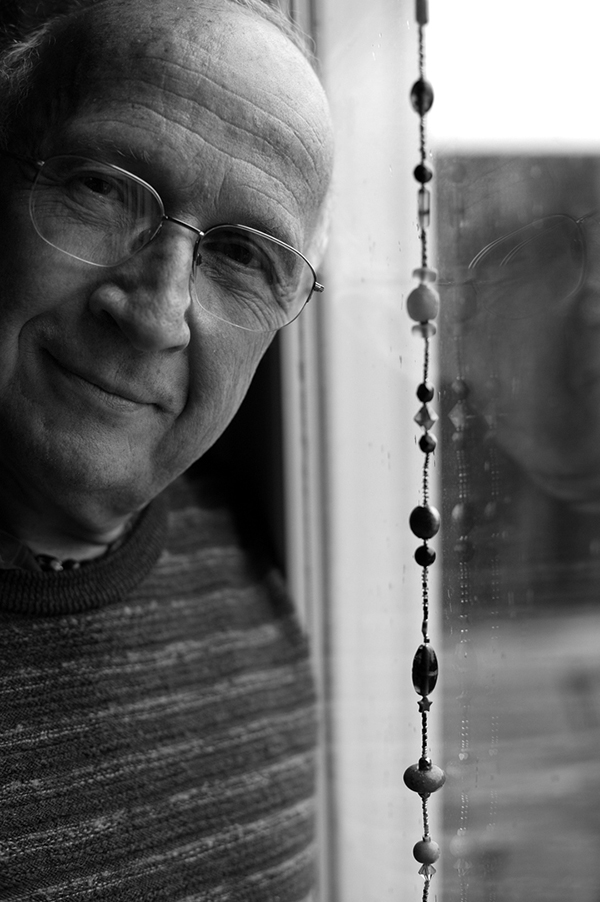Religion, power, and science, as well as craft and fashion intertwine in this fascinating account by Nobel Prize-winning chemist Roald Hoffmann of the use and influence of indigo in world cultures. The vast journey of blue moves from Hebrew ritual uses of snail pigments to the chemistry and economics of blue jean dyes.
American chemist Roald Hoffmann is widely known for using quantum mechanics to help reveal the mechanisms of chemical reactions. He was born Roald Safran in 1937 in a small Polish town that is now part of the Ukraine. Hoffmann's father was a civil engineer familiar with the local infrastructure, which made him of value to the Nazis. For a while the family was allowed to remain in its own home, but was later relocated to a labor camp, where many of the Nazi guards could be bribed. After being paid off, the guards allowed 5-year-old Roald, his mother, two aunts, and an uncle to escape in early 1943. A Ukrainian couple hid them in the attic and storeroom of a nearby schoolhouse where the husband taught. Hoffmann's father remained behind in the camp, where he was tortured and killed by the Nazis in June 1943 for his involvement in a plot to arm camp prisoners.
After the war ended, Hoffmann and his mother relocated to New York, where he later won a Westinghouse science scholarship to Columbia University, earning his BA there. He took his doctorate in chemistry from Harvard and in 1965 began teaching chemistry at Cornell, where he is now Rhodes Professor of Humane Letters Emeritus. Since 2002, Hoffmann has hosted a monthly cabaret called "Entertaining Science" at Cornelia Street Café in Greenwich Village.
In 1963 Hoffmann introduced the extended Hückel method, a molecular orbital theory that allows calculation of the electronic structure of molecules. In 1965, in collaboration with Nobel laureate Robert Burns Woodward, he introduced the Woodward-Hoffmann rules, a method for exploring the electronic structure of transition states and intermediates in organic reactions. Hoffmann and Japanese chemist Kenichi Fukui shared the Nobel Prize for Chemistry in 1981 for their theories, developed independently, concerning the course of chemical reactions (Woodward had died two years earlier and thus was ineligible).
Hoffmann is also a published poet, playwright, and essayist. His poems appear in several collections: The Metamict State (1987), Gaps and Verges (1990), Memory Effects (1999), and Soliton (2002). In addition, he is a philosopher of science who has made significant contributions to our conceptual, historical, and normative understanding of chemistry. Many of his philosophical essays have been collected in Roald Hoffman on the Philosophy, Art, and Science of Chemistry by Jeffrey Kovac and Michael Weisberg, eds. (2012).



